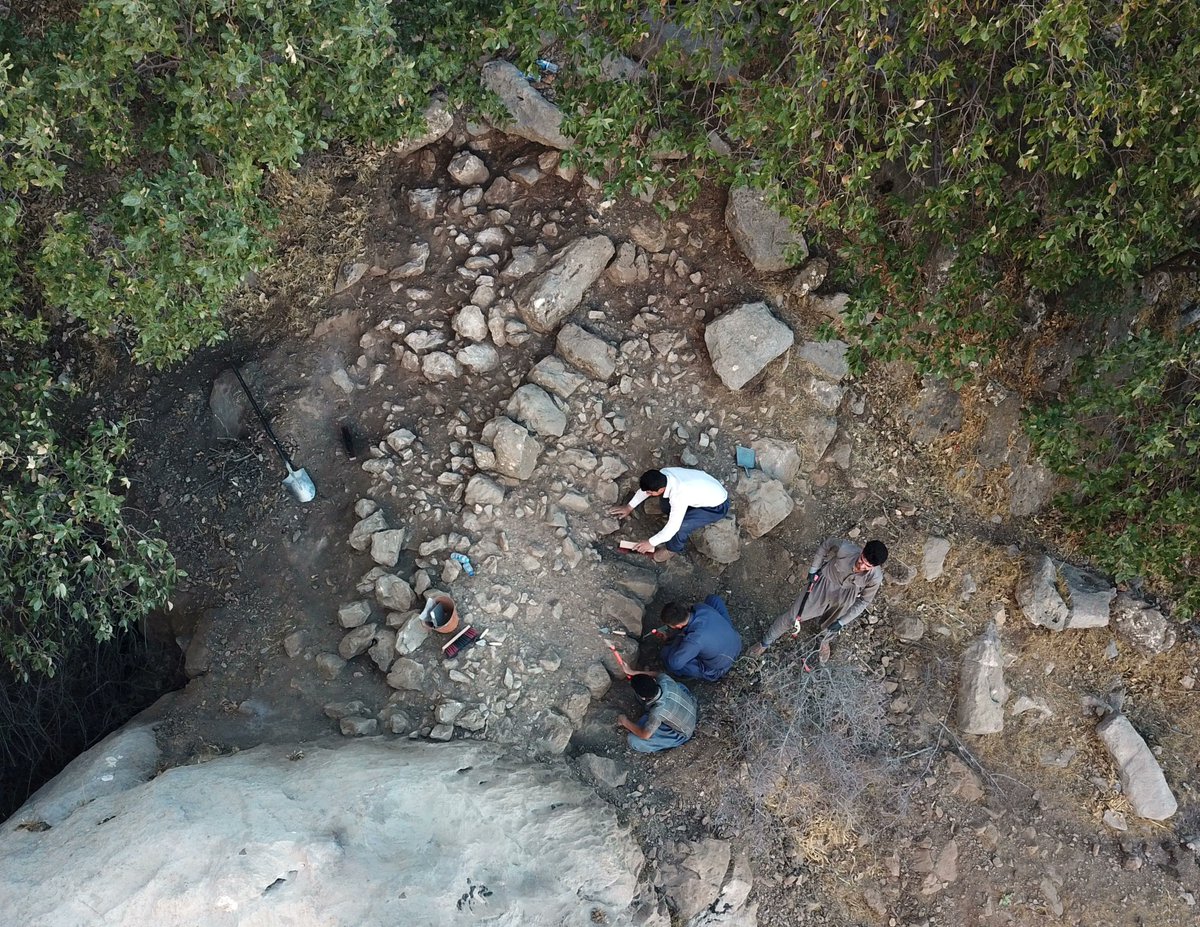
The terracotta army, still only partially excavated, guards the mausoleum of Emperor Qin Shi Huang who died in 210 BC. #TombTuesday 

The terracotta army might be the most famous part of the Emperor's tomb but he was also buried with replicas of many other parts of imperial life - including administrative offices, parks, stables, and more!
📷: Terracotta bureaucrats and chariot drivers found in an admin office
📷: Terracotta bureaucrats and chariot drivers found in an admin office

In one of these accessory pits, thought to represent one of the administrative offices of the Empire, even the remains of over 20 real horses were found!
📷: The horses being excavated
📷: The horses being excavated

Research revealed these horses were, on average, 1.4 metres tall at the whithers making them even taller than the terracotta animals included in the army.
📷: Horses of the terracotta army / Sewel / CC BY-SA 3.0
📷: Horses of the terracotta army / Sewel / CC BY-SA 3.0

Horses were prized in Qin society, so of course, the Emperor had to have the best ones - even in death.
Find out more in the original research (£) doi.org/10.15184/aqy.2…
Find out more in the original research (£) doi.org/10.15184/aqy.2…
The opening picture of the terracotta army by Jmhullot / CC BY 3.0
Bureaucrats by Aaron Zhu / CC BY-SA 3.0
Bureaucrats by Aaron Zhu / CC BY-SA 3.0
• • •
Missing some Tweet in this thread? You can try to
force a refresh




















